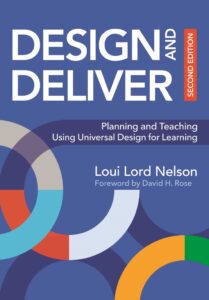 What are some UDL essentials to know as you’re getting started with this highly effective approach to teaching? Today’s post shares a few insights from the second edition of Design and Deliver, the go-to primer on universal design for learning for busy teachers looking to improve every learner’s outcomes. Here are four things author Loui Lord Nelson identifies as foundational concepts for educators starting their UDL journey.
What are some UDL essentials to know as you’re getting started with this highly effective approach to teaching? Today’s post shares a few insights from the second edition of Design and Deliver, the go-to primer on universal design for learning for busy teachers looking to improve every learner’s outcomes. Here are four things author Loui Lord Nelson identifies as foundational concepts for educators starting their UDL journey.
As you step into the framework, find one thing that feels right to try and go with that first.
It’s best to begin slowly. Taking on something as big and flexible as UDL can feel overwhelming, and can easily feel like “one more thing” in your already packed schedule. As you step into the framework, find one thing that feels right to try and go with that first. You can add to that one thing slowly, over time. Loui Lord Nelson recommends a few different ways you can approach your new relationship with UDL:
- Focus on one of the UDL guidelines and select tools, resources, or strategies based on that guideline.
- Focus on one of the UDL principles (engagement, representation, action & expression) to begin a general examination of your lessons and classroom/environment.
- Begin your lesson development by asking, “How does this activity connect back to my lesson goal?”
- Review yesterday’s lesson using the information you learn about the principles
- List the different tools and resources you can already access. Remember to think about things and people. Now, consider how those tools and resources can help you put one or more of the principles into action.
- Talk with fellow teachers about the principles and guidelines and how they approach UDL.
- Do the same activities, but use that same list of tools and resources to think about one or more of the guidelines.
There is no end to learning about UDL.
It’s a continual process. There is no end to learning about UDL. It’s a framework that continues to change because the research in education, psychology, and educational psychology will always continue to change and evolve. If you enter your experience with UDL knowing you’ll always be learning more, you’ll have a flexible mindset that will help you meet the needs of your variable learners.
Keep in mind that UDL isn’t something you “do,” but something you use to design your environment and your lessons. Loui recommends shifting the question from “When will I know I am doing UDL?” to “When will I know I have used UDL to its fullest?” The answer is:
- When you’ve made conscious decisions to design your teaching space and lessons using tools, resources, and strategies that align with the options suggested within the framework.
- When you clearly identify the goal for your lesson and connect the subsequent activities with that goal.
- When you realize that by using the options suggested within the UDL framework, you’re opening the doors to learners who are not typically included in traditional designs.
The barrier is not within the learner—the barrier is how the learning environment is designed.
It’s for all learners. The assumption with UDL is that every learner can and should make choices and investigate their own learning needs. UDL is about providing consciously selected and researched options to all learners so they can ultimately learn to guide their own learning. Always remember that the barrier is not within the learner—the barrier is how the learning environment is designed. When you lower those barriers and give your students the latitude to create and demonstrate their knowledge, what they generate will astound you.
UDL is not subject dependent; it can be applied effectively in any instructional setting, and with any academic subject.
It can be used to design for all subjects. UDL is not subject dependent; it can be applied effectively in any instructional setting, and with any academic subject. Literacy and composition are at the base of all subjects, and UDL supports both of those—but UDL goes further in how it aligns with the needs of students’ learn¬ing, including science, technology, engineering, arts, and mathematics (STEAM).
Design and Deliver includes plenty of vivid examples that show how to use UDL to design a variety of lessons across different educational settings and subjects. And in Loui Lord Nelson’s UDL in 15 Minutes podcast, she interviews a wide range of educators who are implementing UDL in their learning environments, including:
Kim Babeu, 2005 Arizona Teacher of the Year, who discusses how she uses UDL to provide her high school students with more choice as they prep for and take their anatomy assessments.
Camille Wheeler, elementary school learning coach, who talks about how she and the fourth grade teachers she works with created a system based on the UDL principle of Action and Expression to help learners show what they know in English Language Arts.
Ben Kelly, a Canadian 6-12 STEM teacher, who discusses what he and his team of teacher-researchers discovered about UDL when they conducted an action research study that included Minecraft as a learning tool.
Selena Andrade Gonzalez, a resource specialist at a bilingual and high need school, who talks about strategies for introducing UDL to general education and using UDL principles to support distance learning.
Use the examples these and other real-world educators provide as inspiration as you get started with UDL, recognizing that you’ll need to assess your current teaching situation and adjust your own approaches accordingly. Here are a few free UDL resources to use on your journey:
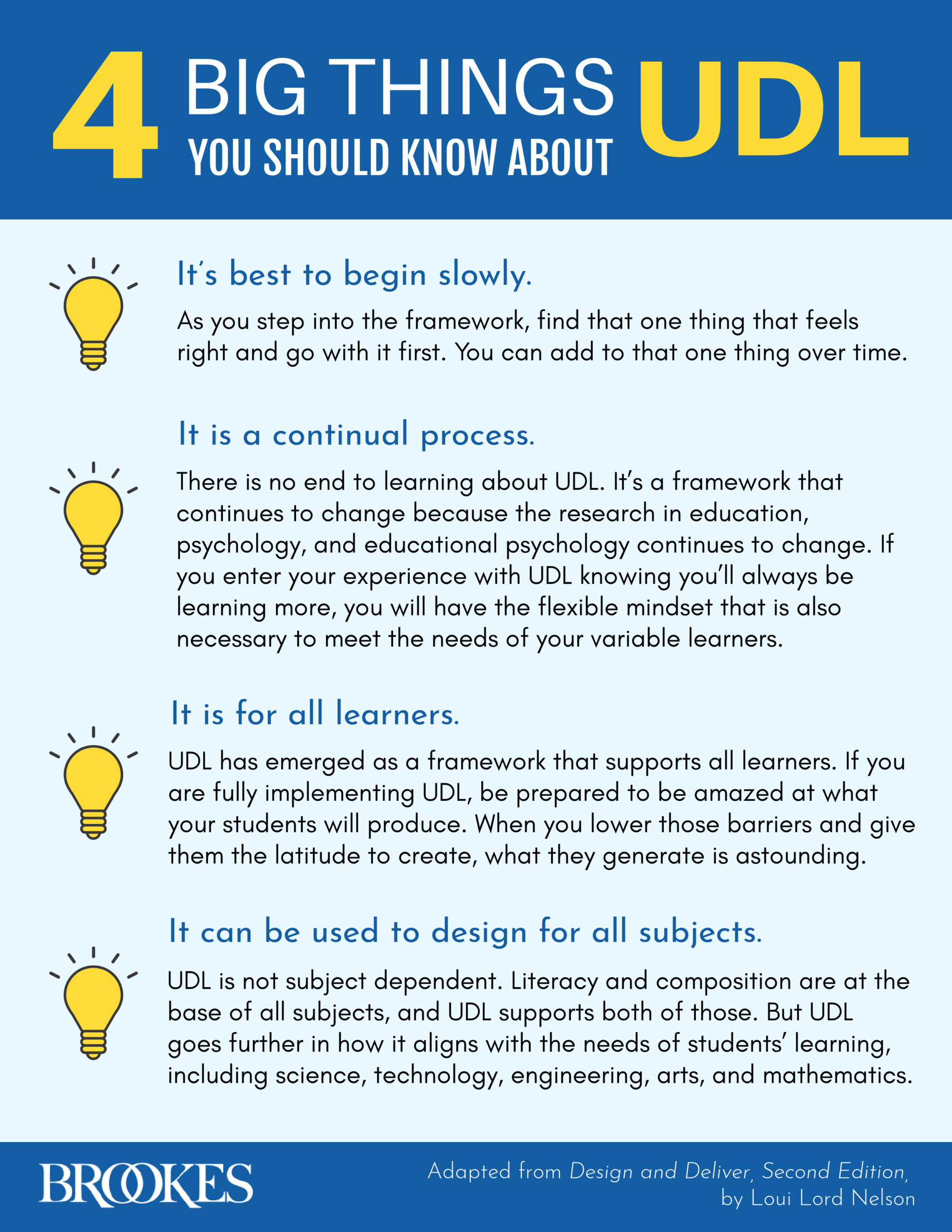
GET A FREE TIP SHEET
Keep the concepts from today’s post close at hand with this free printable one-sheet.
GET FREE RESOURCES
Refer to our post on 9 Free UDL Resources Every Teacher Should Know About to discover some UDL gems.
SHARE THE GRAPHICS
Here are a few graphics from Design and Deliver to share, pin, print, and save for inspiration.
Stay up to date on the latest posts, news, strategies, and more!
Sign up for one of our FREE newslettersMore posts like this

“Growth is Like an Expanding Sphere”: A UDL Q&A with Design and Deliver Author Loui Lord Nelson
March 9, 2021
9 Free UDL Resources Every Teacher Should Know About
November 5, 2019

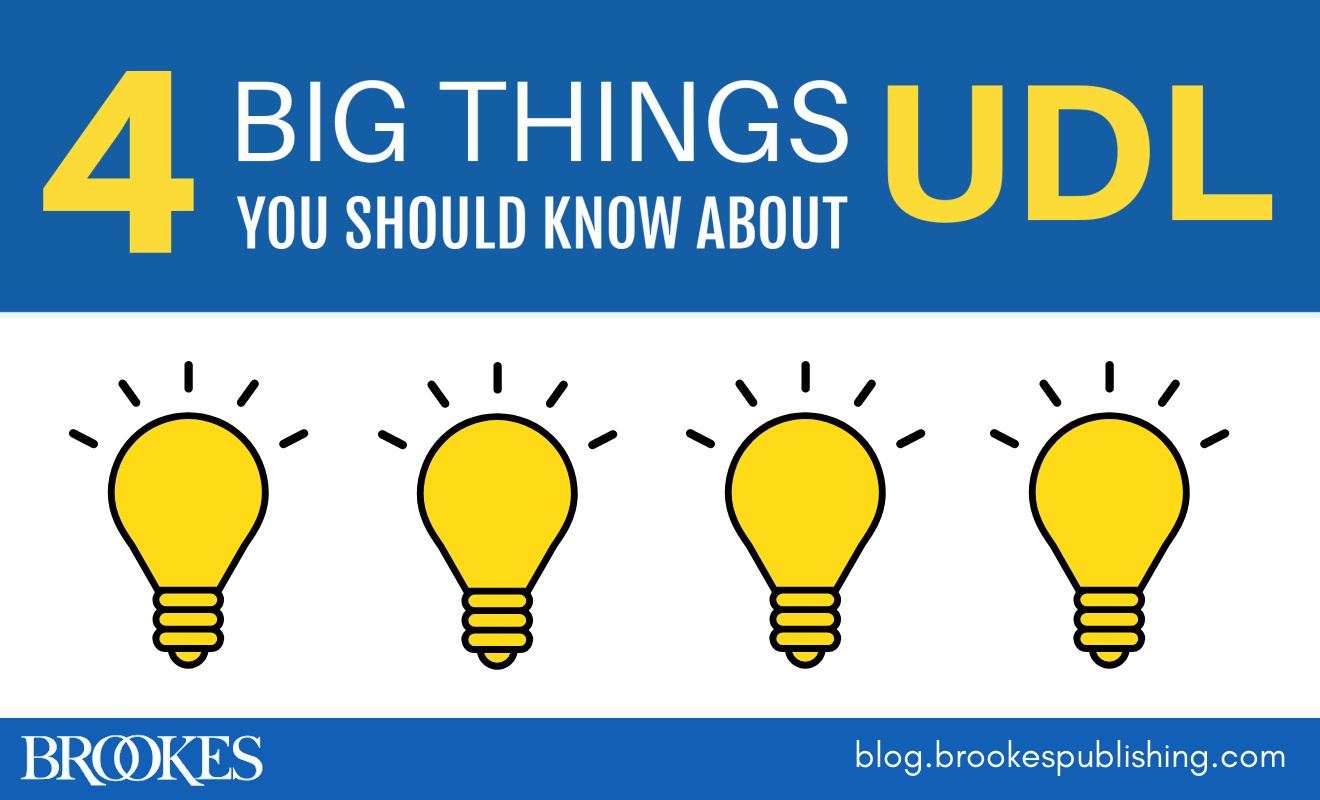
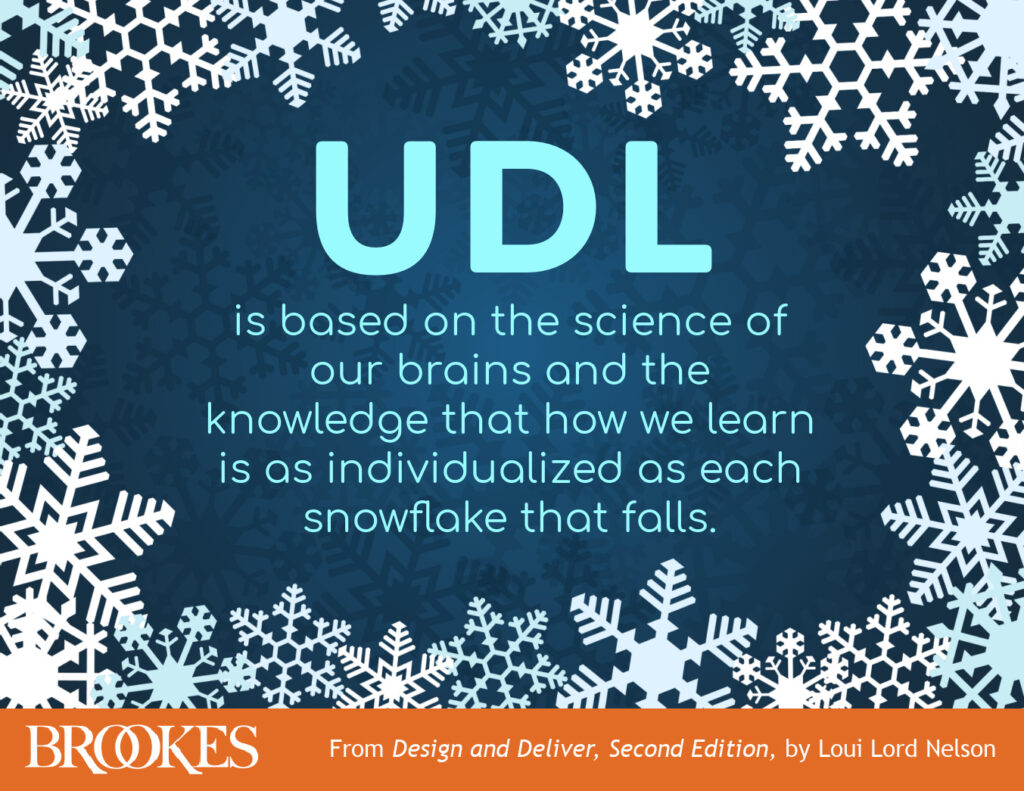
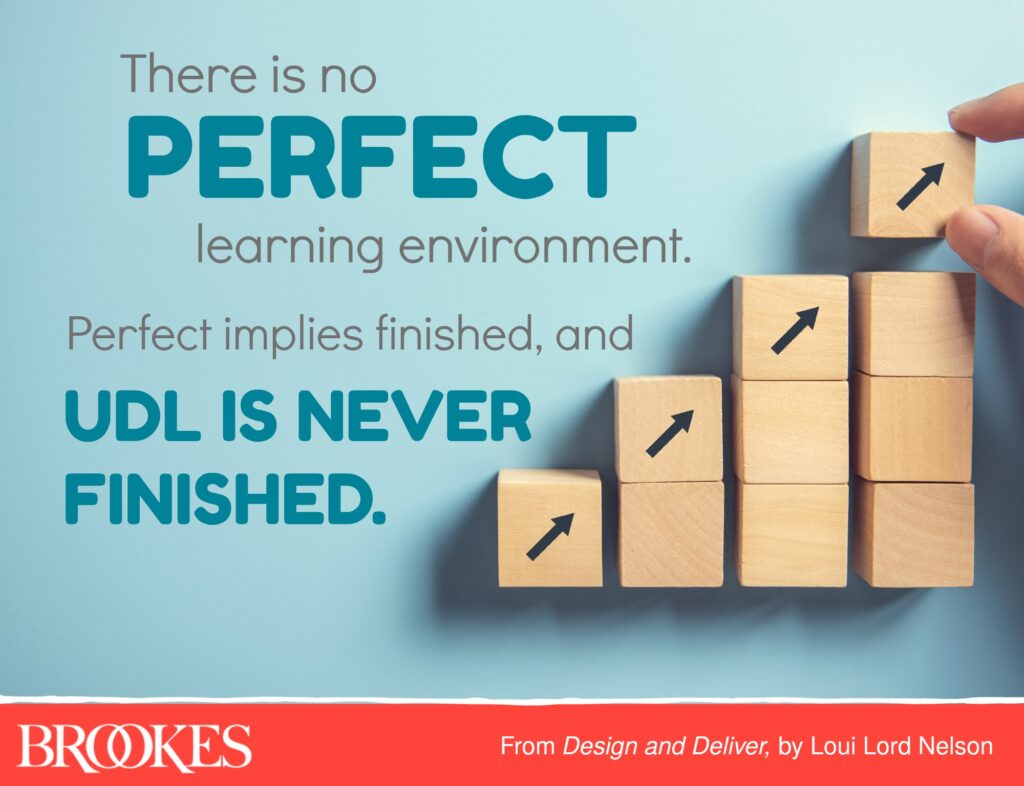
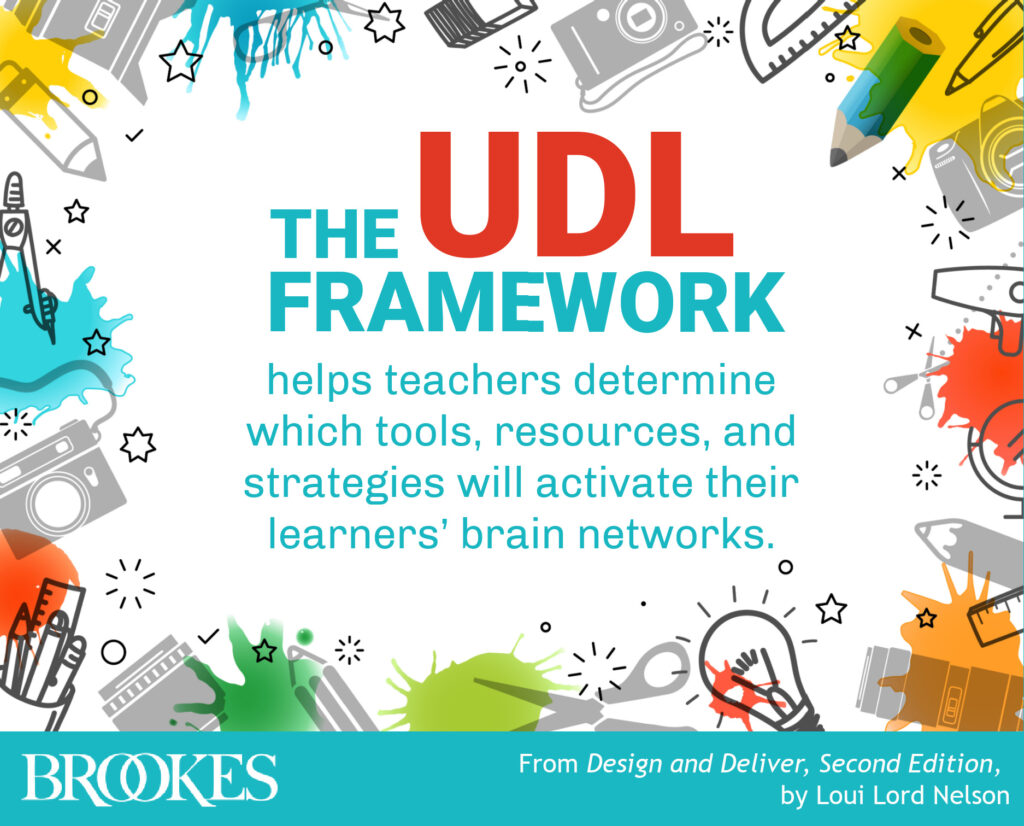
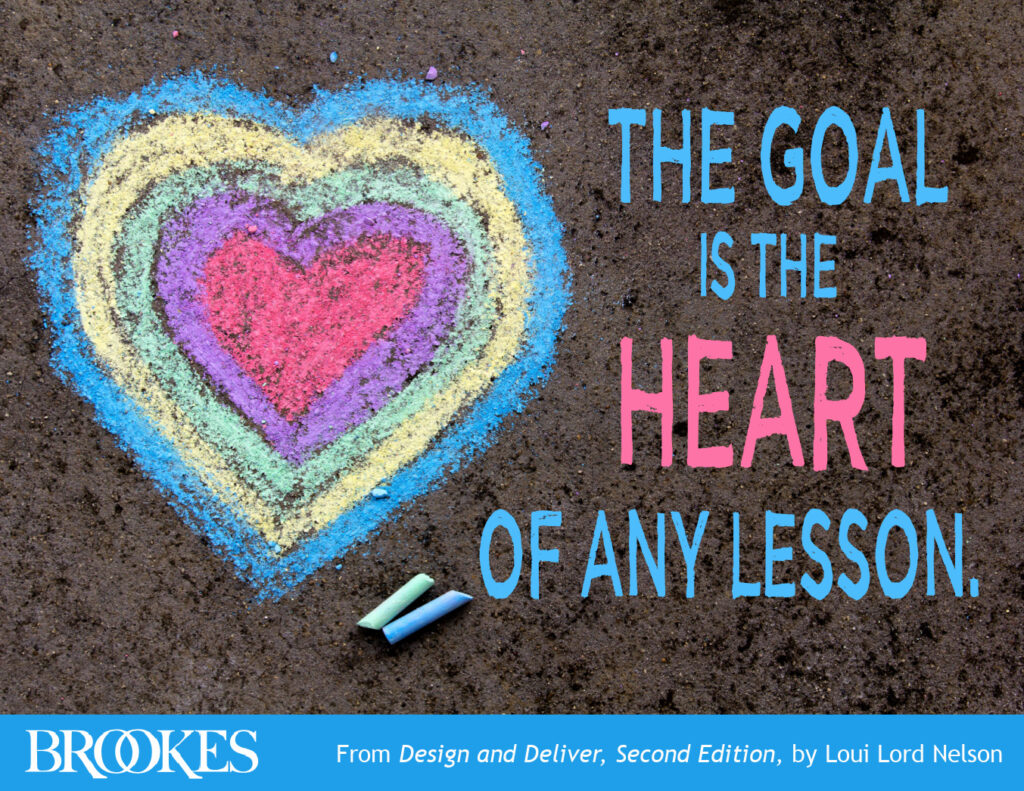

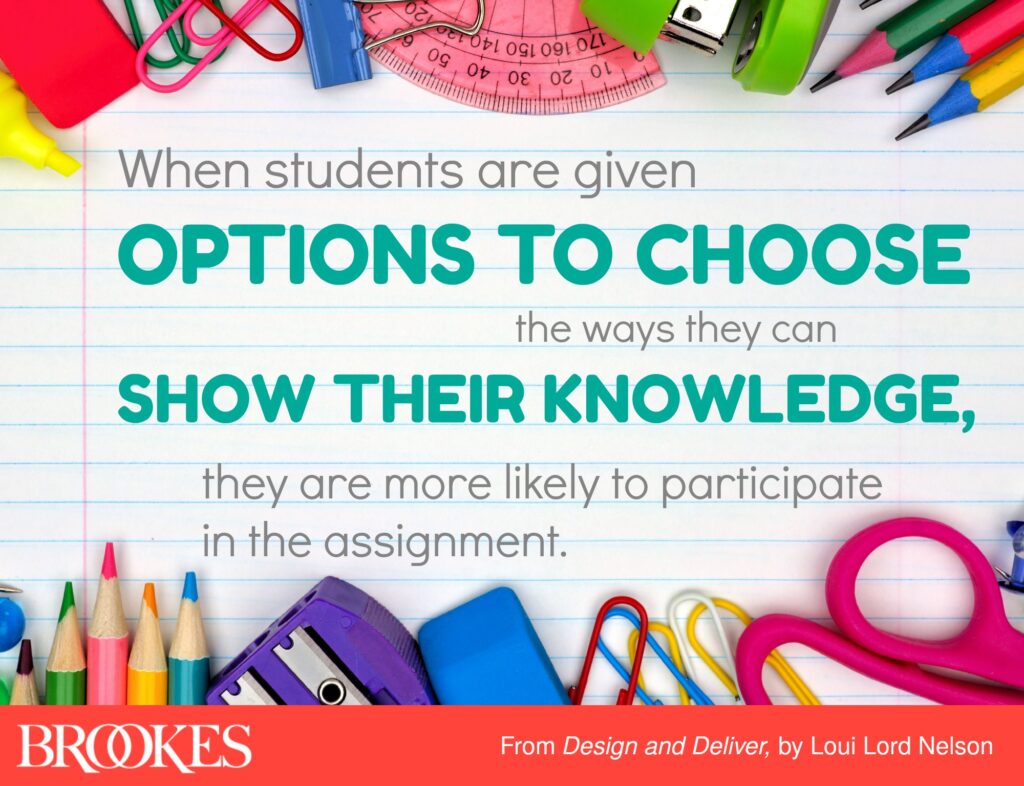
Write a Comment
Your email address will not be published. Required fields are marked *
Post a Comment